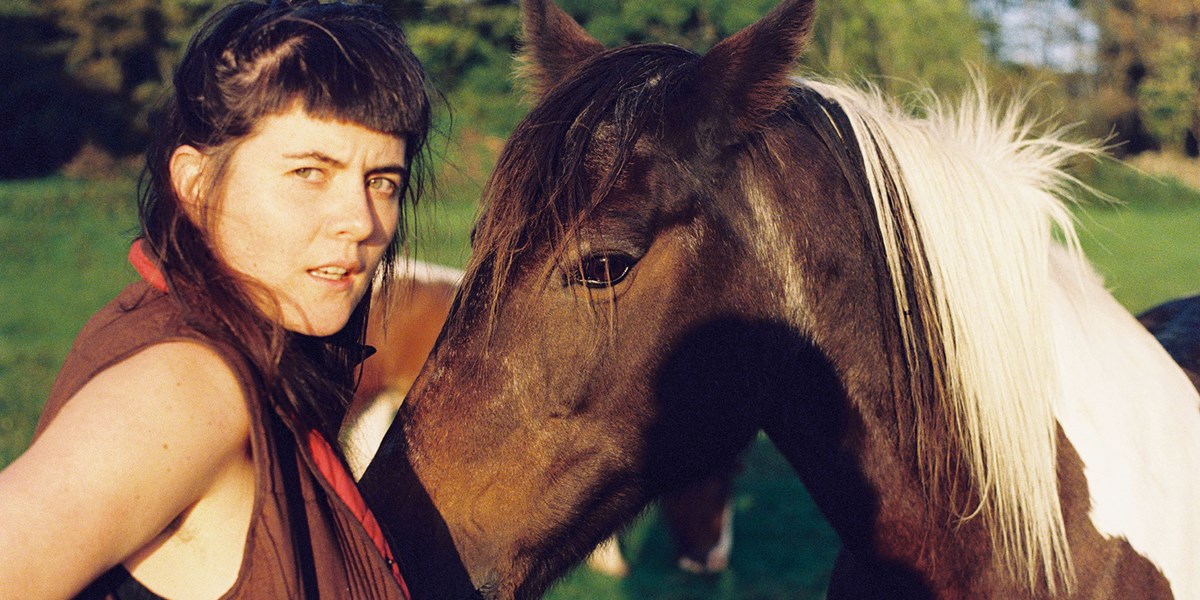Thursday, June 12, 2025
Quinie: “I initially felt like I shouldn’t sing these songs”
Thomas Newell speaks to a Scottish singer threading Scots Traveller songs with a grassroots DIY aesthetic

Quinie

Register now to continue reading

Thanks for visiting the Songlines website, your guide to an extraordinary world of music and culture. Sign up for a free account now to enjoy:
- Free access to 2 subscriber-only articles and album reviews every month
- Unlimited access to our news and awards pages
- Our regular email newsletters

